Standing at the butcher counter or sorting through options at the meat case, your main concern is finding the best cut of meat for the meal you have planned. You can use grades of beef to determine the quality of the meat you are considering.
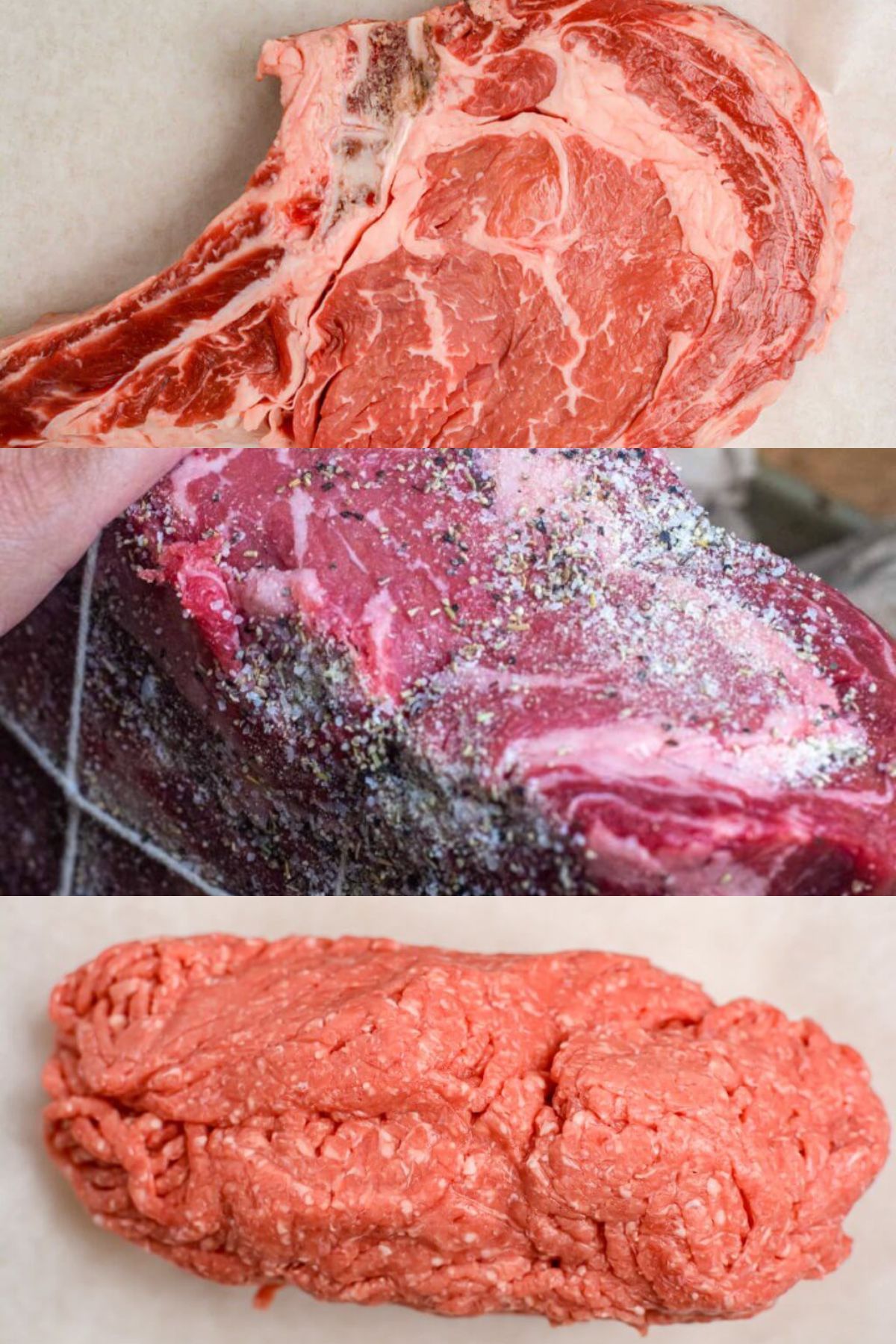
The age of the cow (maturity) and how well it was fed (fat marbling) both help determine how the beef is classified.
Here is a breakdown of the different grades of beef so that you can choose wisely for your next meal.
USDA Beef Grades
In an attempt to classify the quality of meat purchased in the U.S., the United States Department of Agriculture (USDA) implemented a beef grading system in the early 1900s.
A standardized ranking system for grades of beef helps moderate pricing and adds transparency to the buying and selling process.
This beef classification process is completely voluntary. Farmers and manufacturers have to pay to have the beef graded, but a higher quality of beef commands a higher price, so it can be in the manufacturer’s best interest to get this done.
For this reason, farmers and producers only submit the higher quality carcasses to ensure a return on investment.
If the package of beef you are considering does not clearly state the grade of beef, it is probably ungraded. This doesn’t mean it is low-quality. It just means that it isn’t likely to be prime beef. You may find this with store brands, but it is fairly rare as consumers are used to seeing the USDA grade and will typically use that as a determining factor for purchasing.
🥩 Grades of Beef Chart
| Grades of Beef | Rank | Qualities |
|---|---|---|
| Prime | 1 | Highest Grade of Beef Youngest cattle. Perfect Fat Marbling |
| Choice | 2 | Slightly Older Cattle. Excellent Fat Marbling. |
| Select | 3 | Older Cattle. Good Fat Marbling. |
| Standard | 4 | More Mature Cattle. Decent Fat Marbling. |
| Commercial | 5 | Most Mature Cattle. Less Fat Marbling. |
| Utility | 6 | Most Mature Cattle. Less Fat Marbling. |
| Cutter | 7 | Most Mature Cattle. Less Fat Marbling if Any. |
| Canner | 8 | Most Mature Cattle. Less Fat Marbling if Any. |
Criteria for Grades
Two criteria impact the grade assigned. First, the age of the cattle is considered. The younger the cow, the more tender the meat.
Second, the amount of fat marbling is considered. A well-fed cow will have even, consistent fat marbling. Fat marbling directly impacts flavor.
So, the more well-marbled the meat is the better it tastes. These two factors determine the level of meat quality for the end consumer. If you want more details, the USDA publishes it’s standards for grading.
What are the Grades of Beef?
The eight grades of beef include: prime, choice, select, standard, commercial, utility, cutter, and canner grades.
Each of these beef classification levels reflect the quality and purpose. Restaurants and hotels buy up the majority of the highest graded meat. Butchers may have some prime, but will have mostly choice beef.
Local grocery stores will carry choice, select, and standard beef. Commercial, utility and canner grades are not typically sold direct to consumer except as ground beef, and are also used as an ingredient in canned goods such as spaghetti sauce or soup.
Wagyu, Kobe, and Angus beef represent common breeds of cattle and do not indicate quality or having anything to do with the grading process, although these breeds are known for producing high quality meat.
Yield vs. Quality
There are two beef grades — yield and quality. These provide an indication of quality for the consumer.
The yield grade tells you how much of the cow was boneless meat. A well-fed cow typically receives a higher grade.
The quality grade is what we will focus on for this post and it tells you about the maturity and fat content of the meat.
Sometimes the line between two different grades of beef are a little blurry because it is a subjective process with different folks making the decision across the country based on a visual inspection.
Nevertheless, the beef grade should give you a good indication of the tenderness and flavor of the meat you are about to buy.
With no return of investment, many grass-fed animals raised by conscientious local farmers receive no grade because the farmer doesn’t find it worthwhile to invest in the USDA grading. Instead, they focus on the marketing attributes of the animal being locally raised and grass fed.
Just because meat does not have a grade does not necessarily mean that it is low quality. We love to get locally raised beef from our neighboring farmers.
U.S. Prime
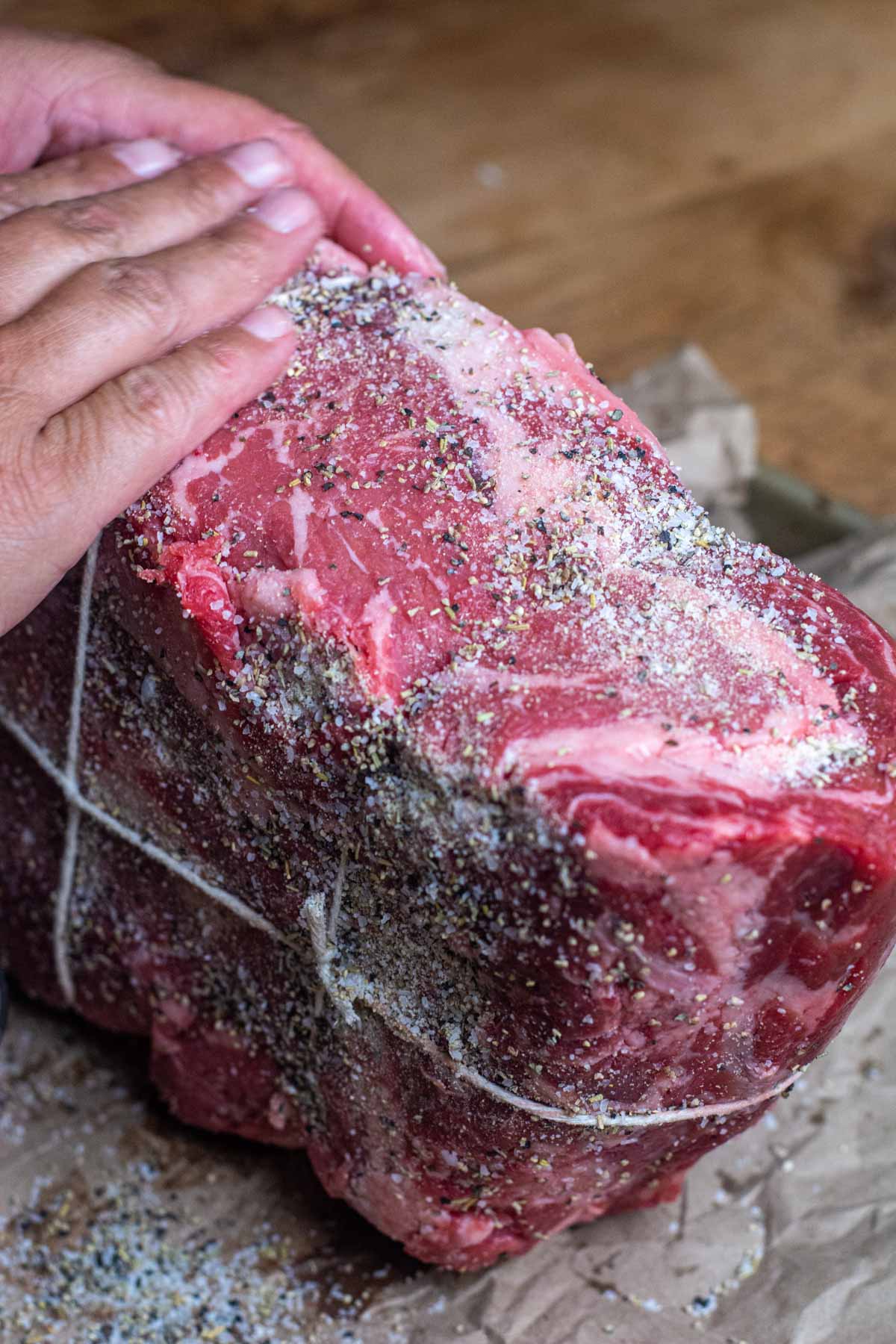
Cattle slaughtered between 12 and 42 months may be classified as prime beef. Only steers or heifers are eligible to be categorized as prime. Cows are not.
A thick, very smooth layer of fat must be present over the crops, back, ribs, loin, and rump. Muscling of these animals is very firm.
This meat is the best money can buy and therefore the most expensive. It is perfect for any dry-heat method of cooking such as broiling, roasting or grilling.
Restaurants and hotels take most of this meat out of the marketplace, especially the steak. Read more details about the differences of prime vs choice beef.
Our smoked brisket recipe is one excellent way to put your money to good use. Despite the higher price, it’s a great choice for feeding a crowd and you have plenty of leftover brisket recipes to make sure none of it ends up in the trash.
U.S. Choice
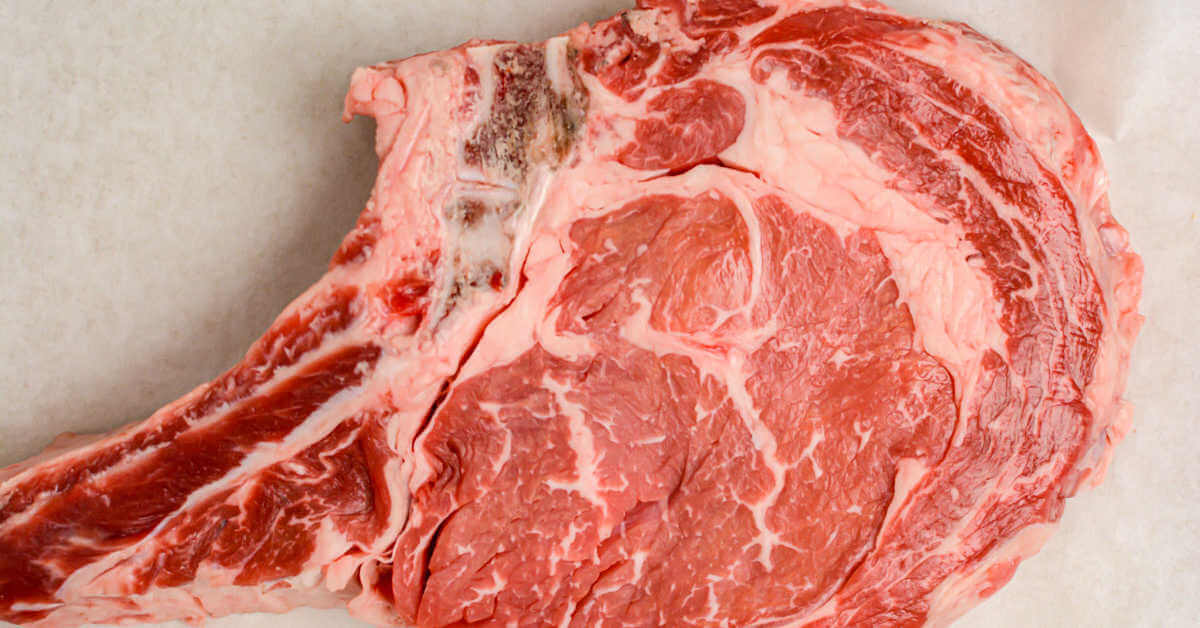
Cattle may also be classified as choice. These cattle may be cows, steer, or heifers but do not meet the minimum qualifications for prime beef.
Beef classified as choice will have a moderately thick fat covering over the crops, back, loin, rump, and ribs. Muscling of these animals is moderately firm.
Choice meat is still high quality, it just has a bit less marbling than meat labeled prime. The best cuts in this grade will work for broiling, roasting or grilling. Braising is my favorite technique for cuts in this grade.
One easy way to enjoy juicy grilled choice-grade beef without too much fuss is to choose a cut of meat that needs to be cooked quickly at a high temperature, like we did with our grilled skirt steak or ribeye cap steaks.
It’s hard to believe you can enjoy such a yummy treat after less than 10 minutes of grilling, right?
U.S. Select
Cattle may be classified as select if they have a thin fat covering over the back and loin with only slightly firm muscling.
Cook with dry heat methods such as those used for choice and prime beef.
Marinate or braise the meat in this classification for the best tenderness and flavor. I also save a bit of money by choosing this grade when I am going to cook a low and slow smoking recipe. The long time on the grill helps to break down connective tissues, so the end result is extremely tender and it just falls apart perfectly! If you’re going to spend the money on select, make sure you make the best BBQ Sides to serve alongside.
U.S. Standard and Commercial
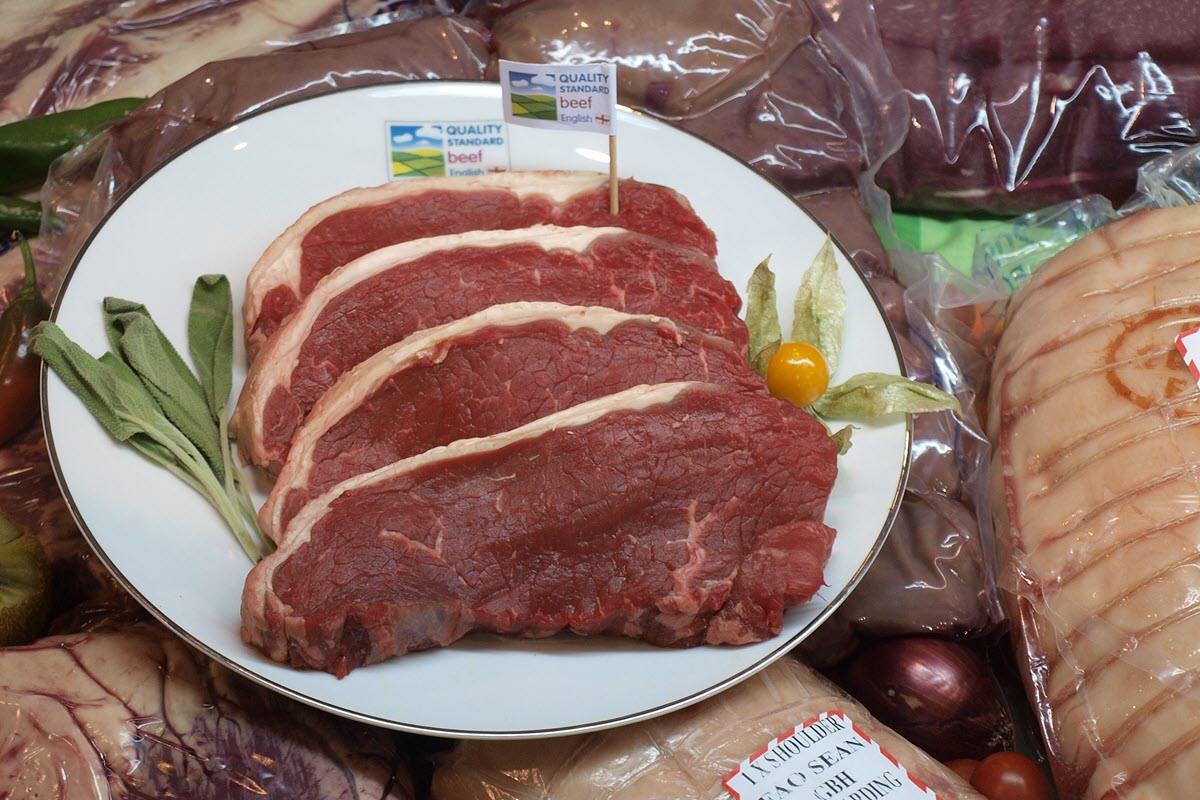
Cattle with a very thin fat covering primarily over the back, loin, and ribs receives the standard grade.
Cattle of moderate quality ages out of other grades at 42 months. It is graded “commercial” even though it may have a slightly thick fat covering and moderately firm musculature.
Store brand meat without a grade label often falls in these categories.
U.S. Utility, Cutter, and Canner Grades
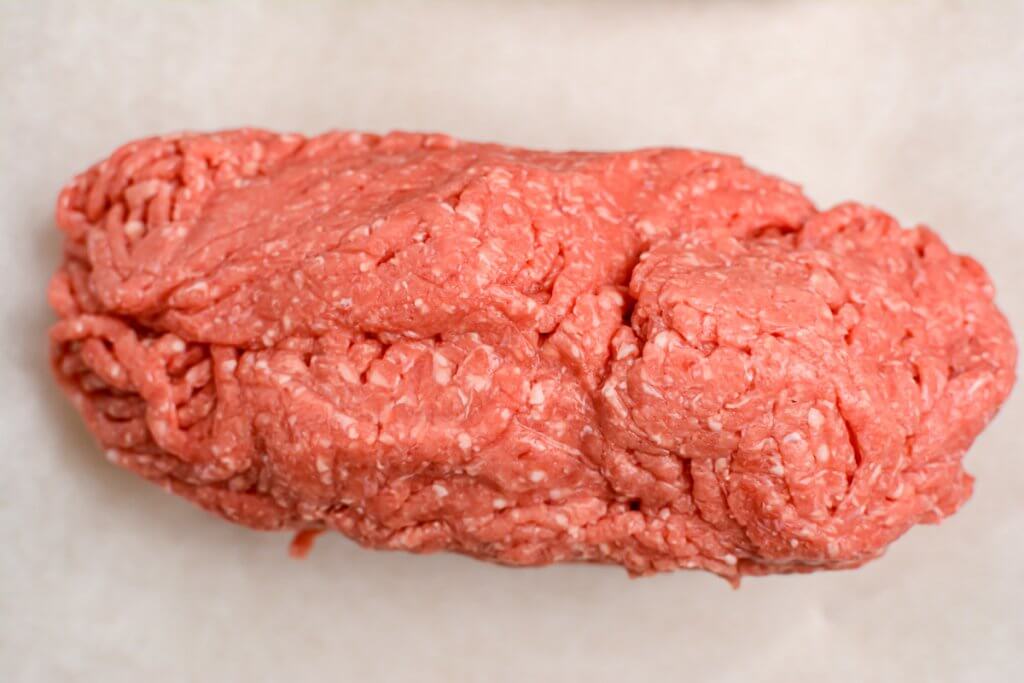
The fat covering for animals in the utility grade can vary greatly depending on the age of the animal.
Cutter grade cattle have practically no fat. The range of cattle in cutter grade can go all the way up to very mature cattle with a very thin fat layer. There is much variation in this grade.
Manufacturers make canned goods and processed foods from meat in these three grades.
Ground beef lets you enjoy the amazing beef flavor even on a low budget. Try our incredible smoked hamburgers and you’ll never want to order in again!
The History of Grading
The first grading system began in the late 1800s. The USDA made an official set of standards in 1926 to mutually benefit for the cattle grower, the meat packer, and the consumer.
This system to evaluation levels of meat quality has been in place now for nearly 100 years but has evolved over time.
One of the biggest changes was a modification that made the standards the same for cows, steer, and heifers instead of having separate standards for each. Today, bullocks are the only type with a separate grading standard.
Top-of-the-line meat can be ruined by a bad cook and lesser quality meat can taste amazing when cooked smartly. Sometimes the grade of meat is deceiving because it is not a guarantee of results.
Tips for Buying Beef
Choose the meat you want based on the needs or goals you have for your meal. If you want the very best flavor possible, get the highest grade of meat you can afford and make sure you use the right cooking methods.
To save money, purchase a lower grade of meat. Look for cuts and recipes to cook low and slow or braise. These cooking styles take the lack of fat marbling in account with a lower grade.
A fine line between the different grades of meat means that consumers shouldn’t shy away from meat that isn’t prime.
Your selection process at the store makes a difference. Look for meat that has even, consistent marbling, a clear color without yellowing or greyness, and a fairly firm texture. We have a post on how to tell when steak is bad – and that goes for ANY grade.
FAQ
Prime beef is the highest grade possible and is sold mostly to restaurants. Choice grade is the best grade of beef commonly found in the supermarket.
Eight main grades of beef are assigned by the USDA and labeled according to the Food Safety and Inspection rules.
Inspectors work for the USDA and grade beef according to a standardized checklist by assessing the cow/carcass before and after slaughter. It is a visual assessment.
Prime, choice, select, standard, commercial, utility, cutter, and canner grades.
An inspector looks at the beef at the time of slaughter to assess the age of the cattle and how much fat marbling it has. Criteria for grading beef are then used to assign a grade.
While Wagyu beef is usually considered the best beef money can buy, it is still subject to a beef grading system in Japan where the breed of cattle is exclusively raised.
The grading system is numerical and a grade from 1-5 is assigned based on the quality of the meat, age, and marbling of fat. A grade of 1 is considered the highest quality Wagyu.
Canner quality meat is used for ground beef, canned foods, and processed foods.
If the beef is graded, the manufacturer is required by law to include that information on the packaging. Not all beef is graded.

Jason’s been firing up the grill for over 30 years after graduating from the US Coast Guard Academy. His love of finely-grilled steak and chicken led him to buy his first Weber grill to put on his apartment patio in 1992. Each military move led to a new grill (a mixture of gas and charcoal) until he fell in love with the Big Green Egg in 2008. Since then, he has added another 4 grills to the collection. Yes, he has a problem. Jason loves smoking in the ceramic BGE with exotic woods including olive wood from Egypt and hard to find varieties such as sassafras and orange wood. Jason takes the term “foodie” to a whole new level, jumping at the chance to take food tours and cooking classes during foreign travels. These have provided inspiration to incorporate new ideas into recipes when he gets back home. He has been featured in Fox News, Parade, Yahoo News, Kansas City Living and more. After retiring from the military and moving to southwest Florida, he has focused grilling and smoking locally sourced meats and fish (read: he likes to catch his own fish!)
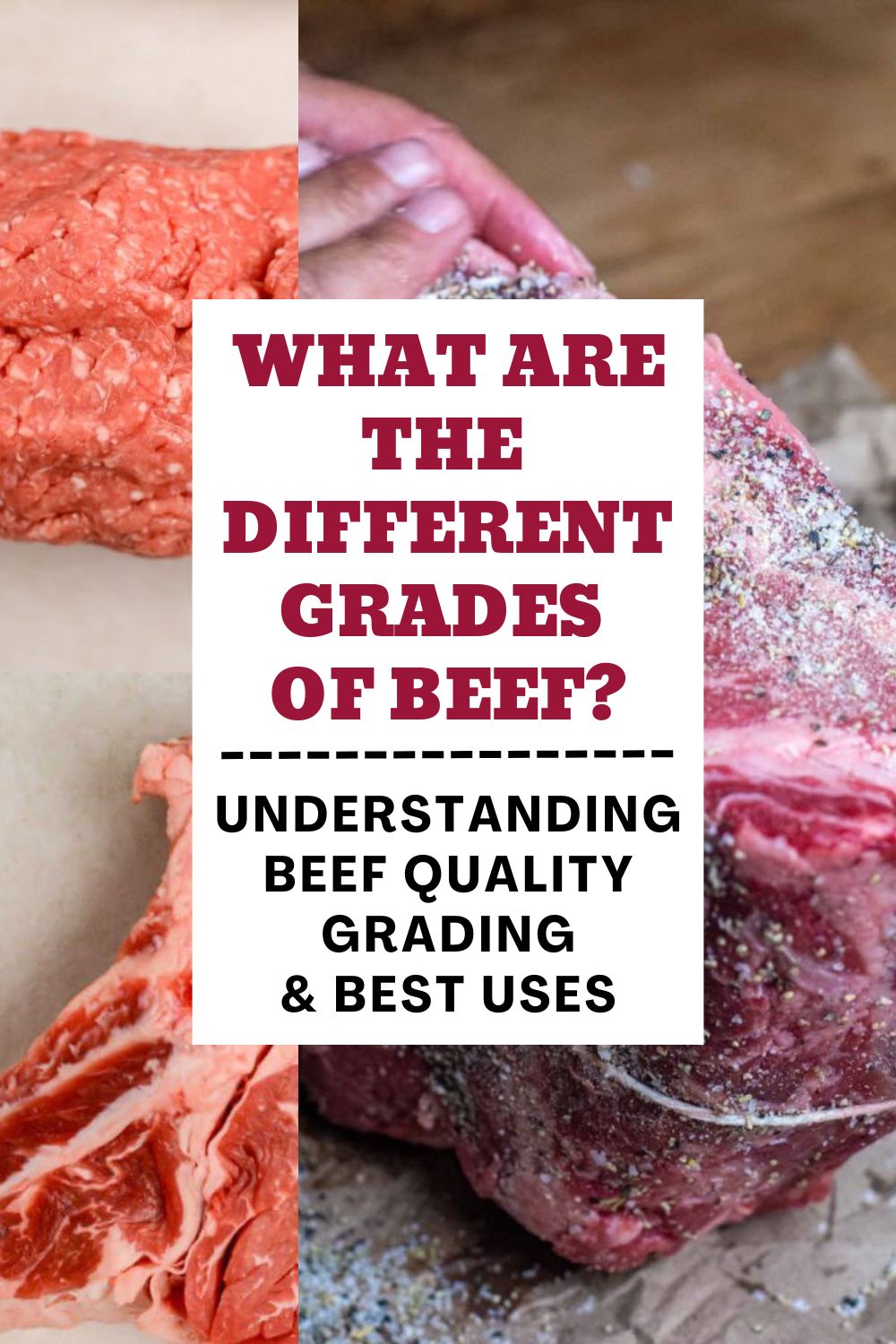
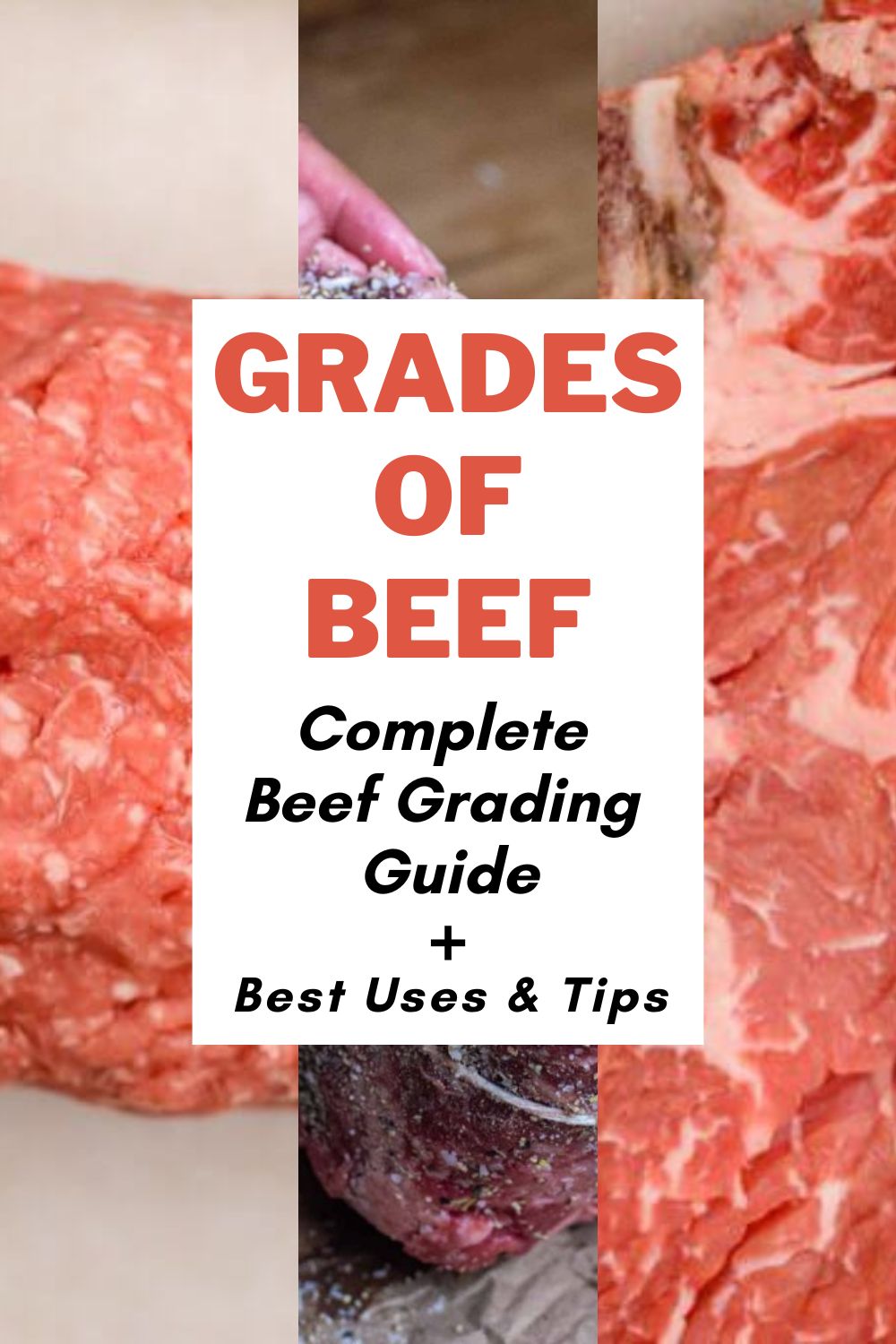


Leave a Reply